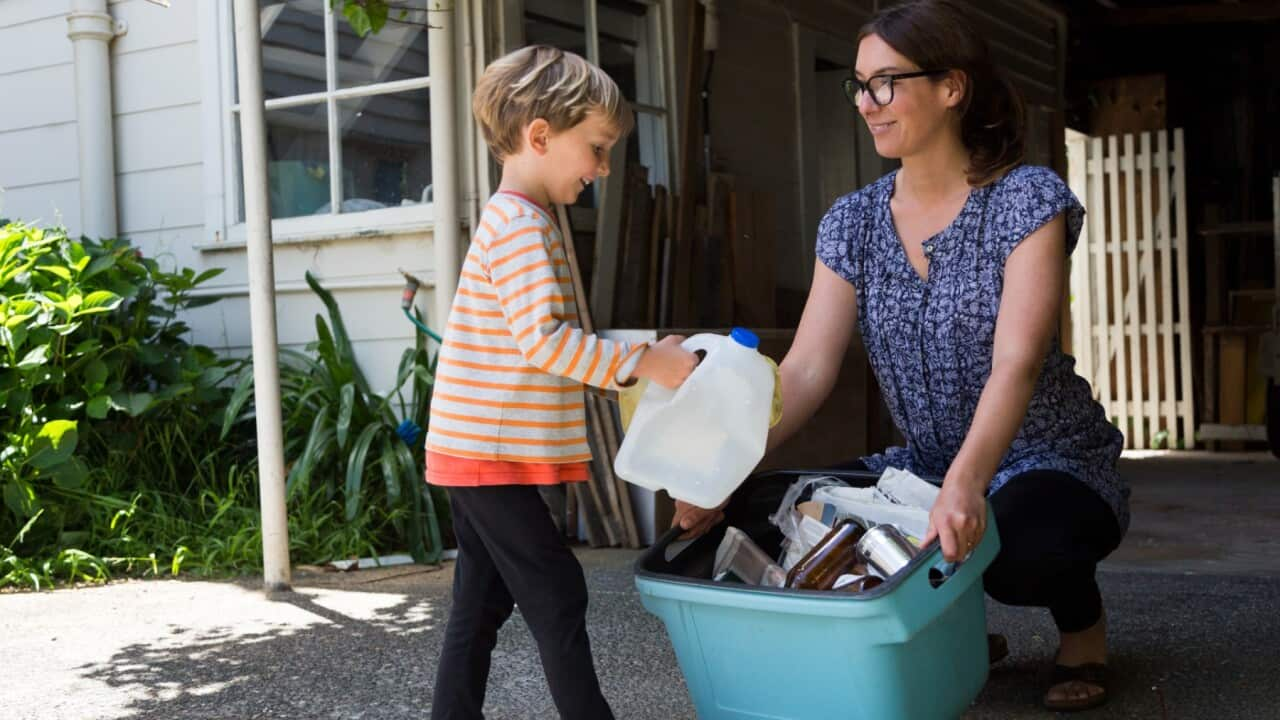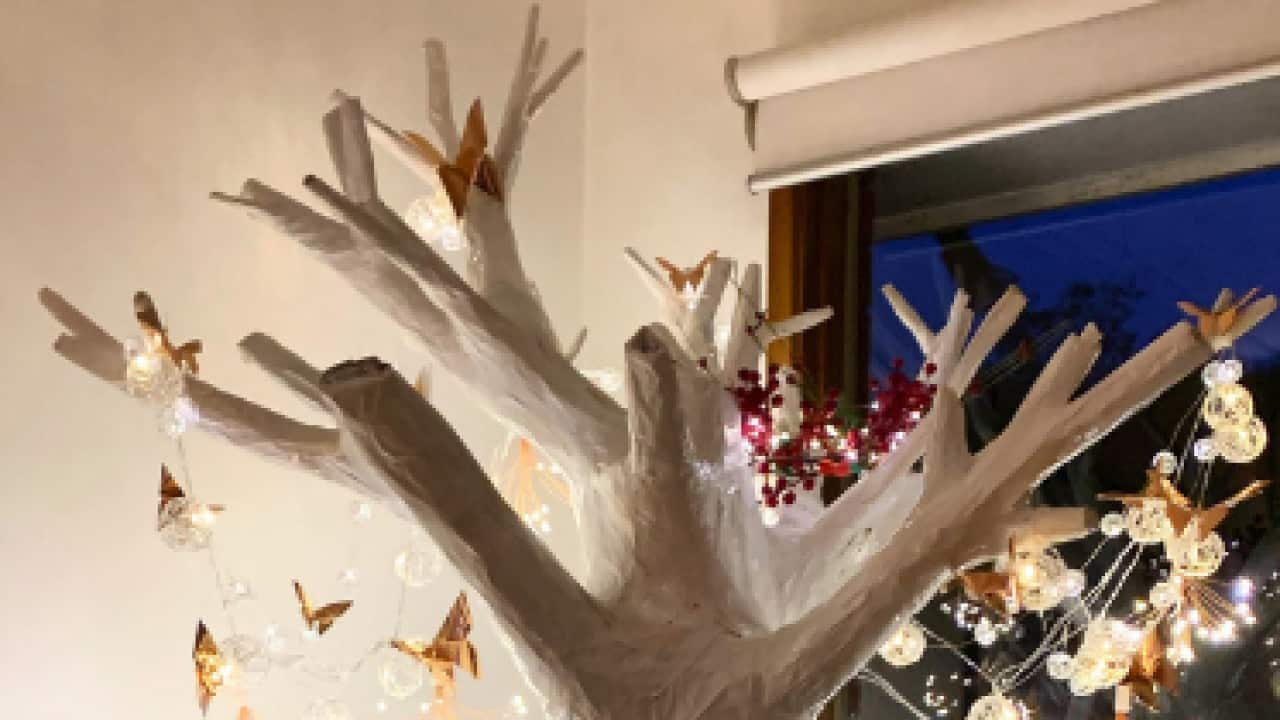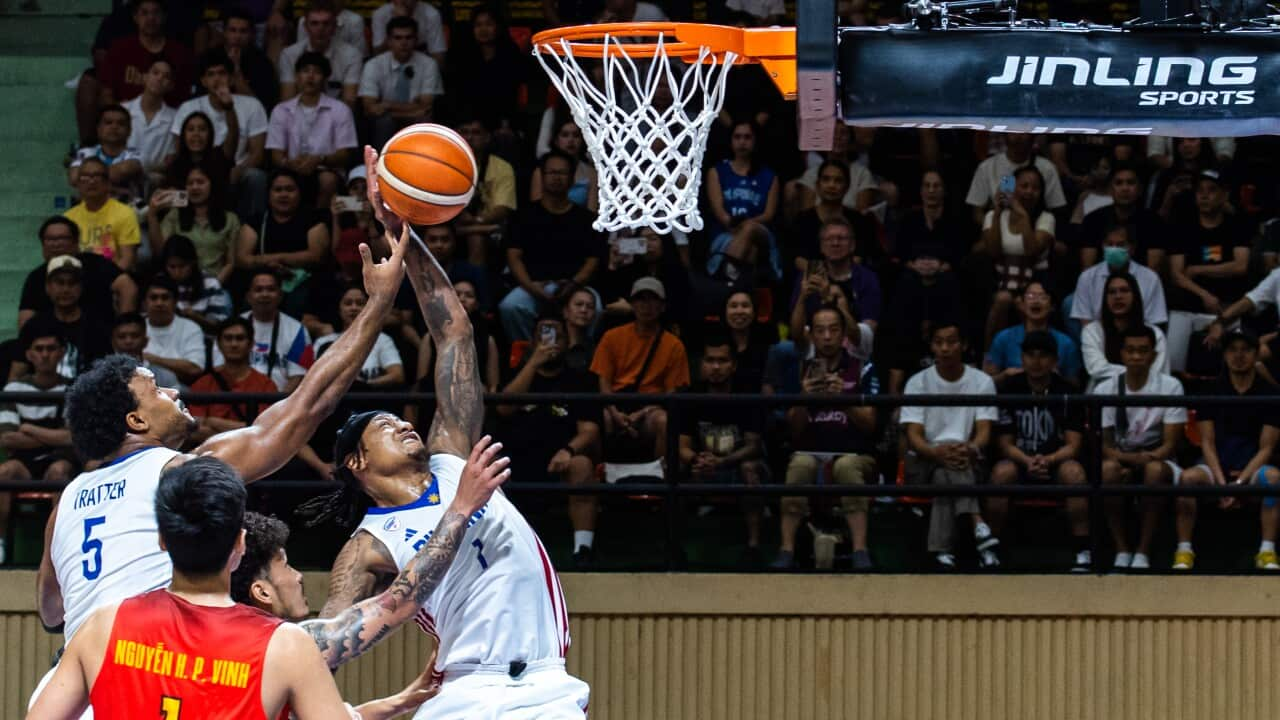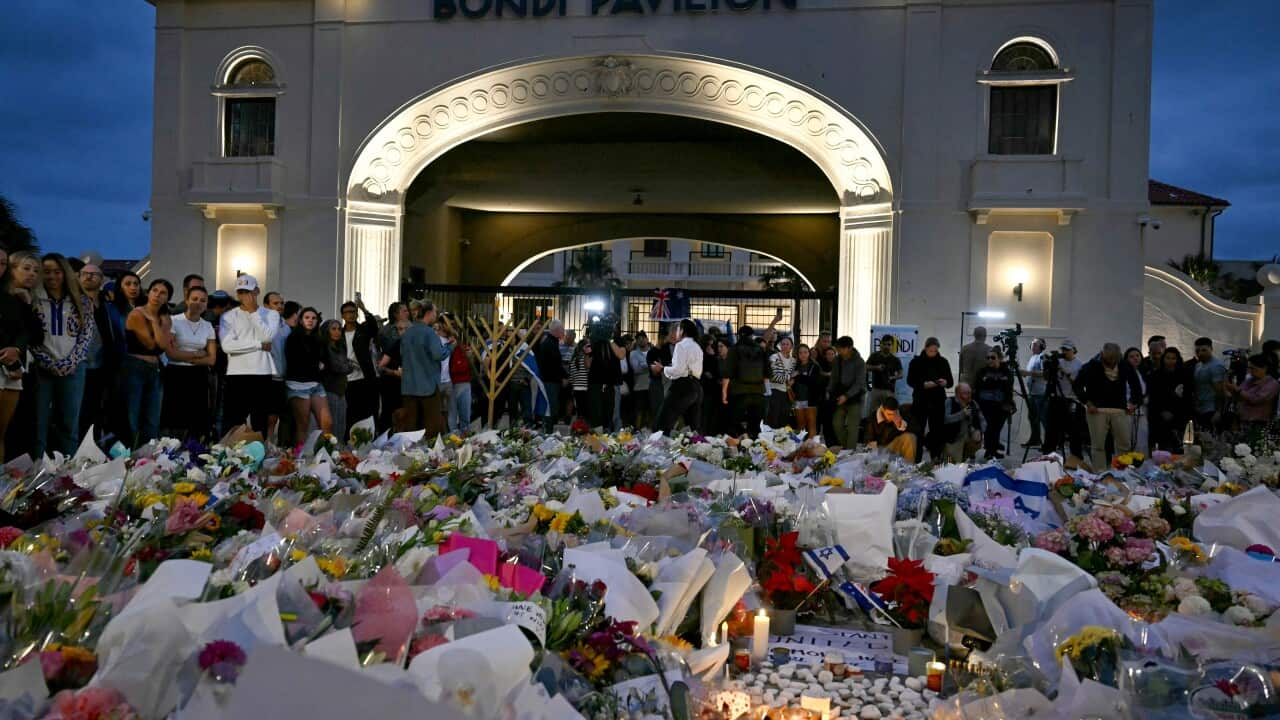Listen to the audio
Although the majority of Australians recognize the importance of recycling, many are “confused” as to what can and cannot be recycled says Pip Kiernan, chair of Clean up Australia.
Highlights
- Wish-cycling is the major contributor to contamination
- Think of recyclables as resources
- Reuse and repurpose for a better future
“There was a recent study this year that found that 89% of us think it’s important, but only around 1 in 3 of us are getting it right when it comes to what we put in the recycling bin, so there is a room for improvement.”
Putting the wrong items into the recycling bin or bagging them can "contaminate" the rest of the recyclables, sending the whole bin load to the landfill instead.
Studies have shown that many people place items into the recycling bin, even when they are unsure if the item is recyclable.
This is called “wish-cycling” and is one of the major contributors to contamination.
The common mistakes we make are things where we think, oh I wish that can be recycled, I am going to put that in. So, things like tissues, kitchen towels, people putting textiles in there, nappies, these items can contaminate the recycling, the whole truck of recycling and cause damage. And batteries are another really important one, they don’t belong in the recycling bin.
It’s important to check with your local council about what can be recycled in your area, as rules around recycling not only differ between states and territories but between council areas as well.
This makes educating Australians across the country, quite challenging.
ALSO READ/LISTEN TO






